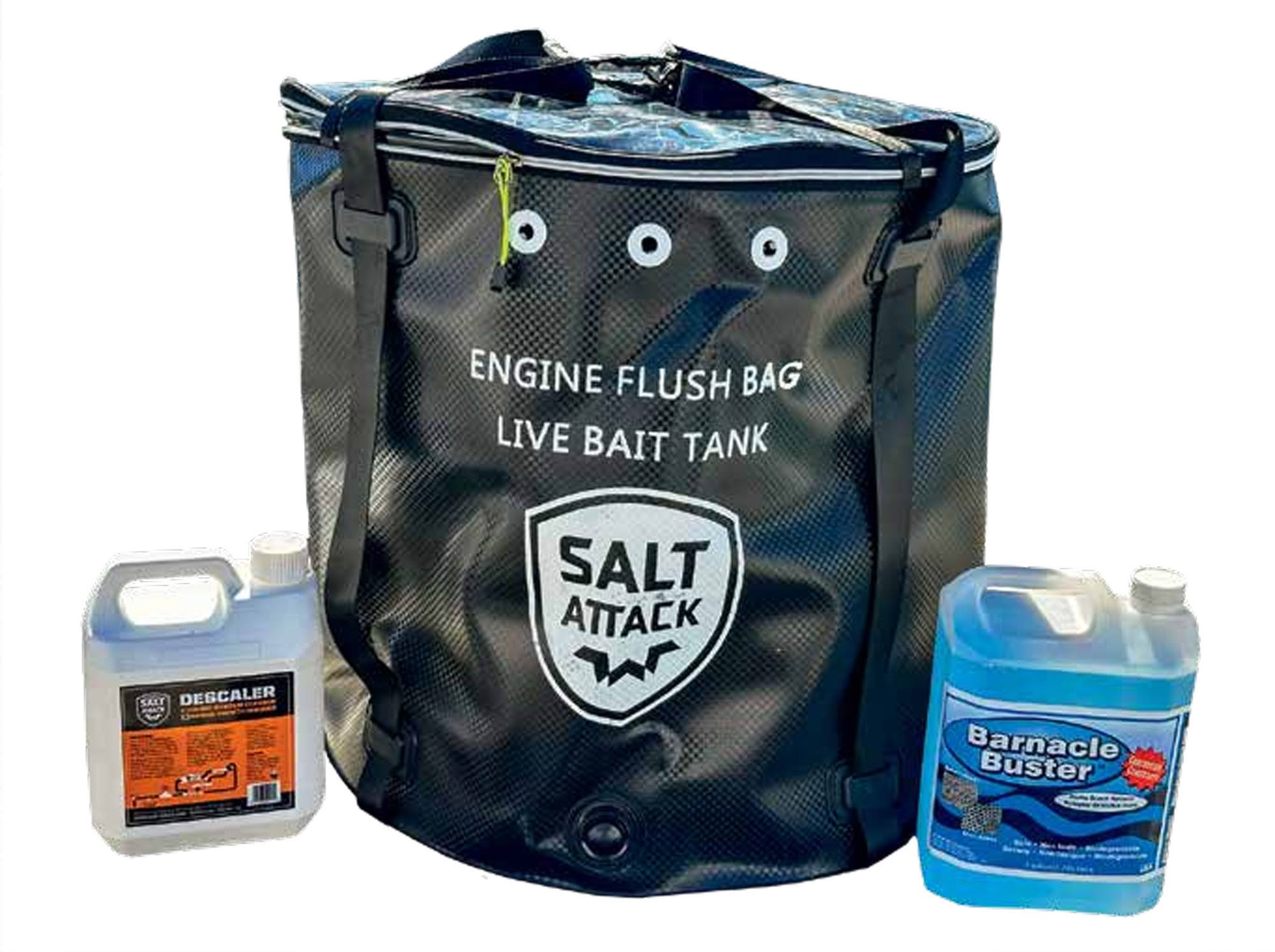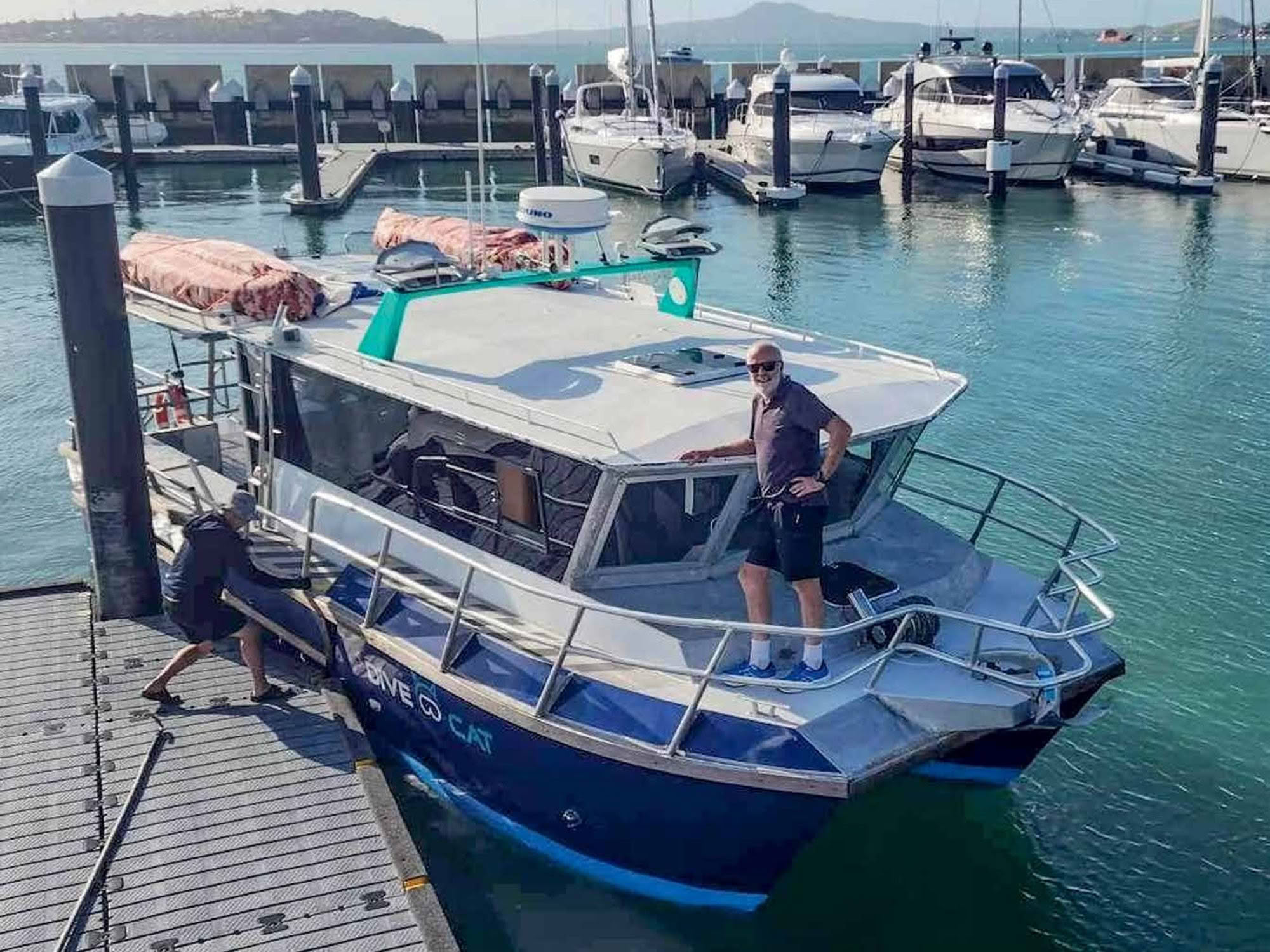

As long as a boat’s hull stays wet outside and dry inside, the boat will float. But sometimes you do need to allow in a controlled amount of water – to cool the engine and flush the toilet, for example. Using the right seacocks/skin fittings helps. By Norman Holtzhausen.
Apart from letting water in, we also need to let wastewater out – the drain from the sink and washbasin and the aforementioned toilet, hopefully via a holding tank system.
Each of which requires three components – a skin- or through-hull fitting, a seacock to control the flow of water (in or out), and a system of hoses and clamps to get the water to or from where it needs to go.
By and large these components work satisfactorily. Because they have no actively-moving parts, there is very little to go wrong. The main problems affecting them are age, exposure to seawater, solvents or UV rays (for a long period), and marine growth.
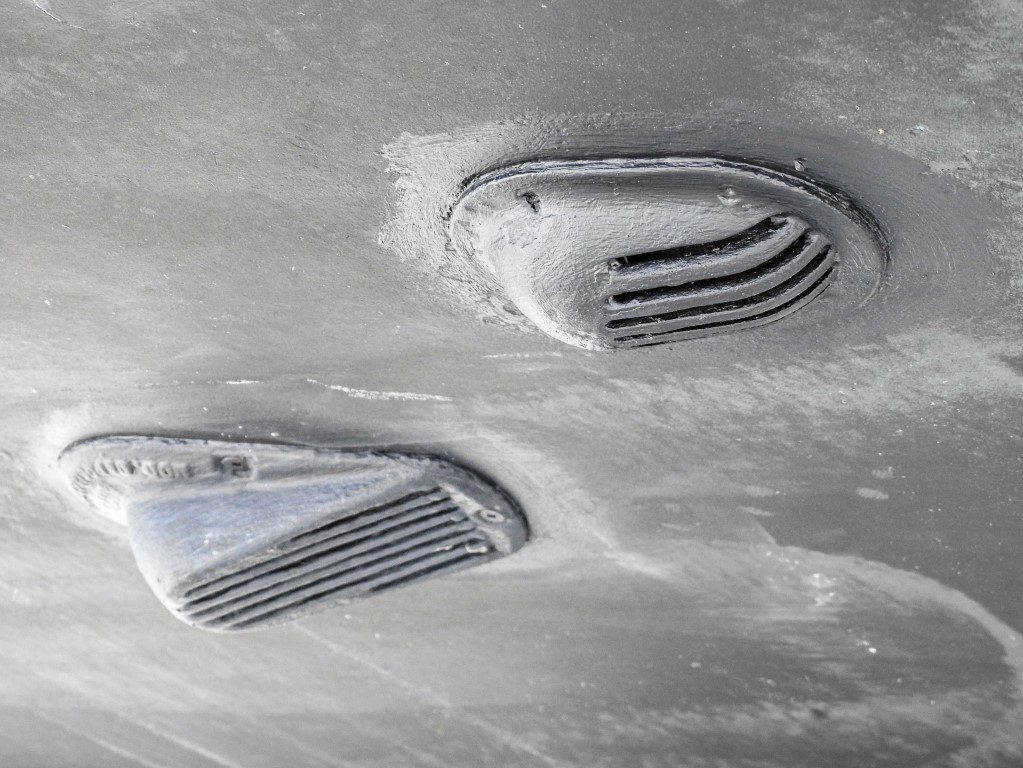
Marine growth affects any component that’s constantly in the water, and owners of moored yachts and launches know that it’s important to antifoul the intakes of all through-hull fittings just as much as (indeed, more than) the rest of the hull. And cleaning those inlets/outlets thoroughly is a vital part of annual maintenance.
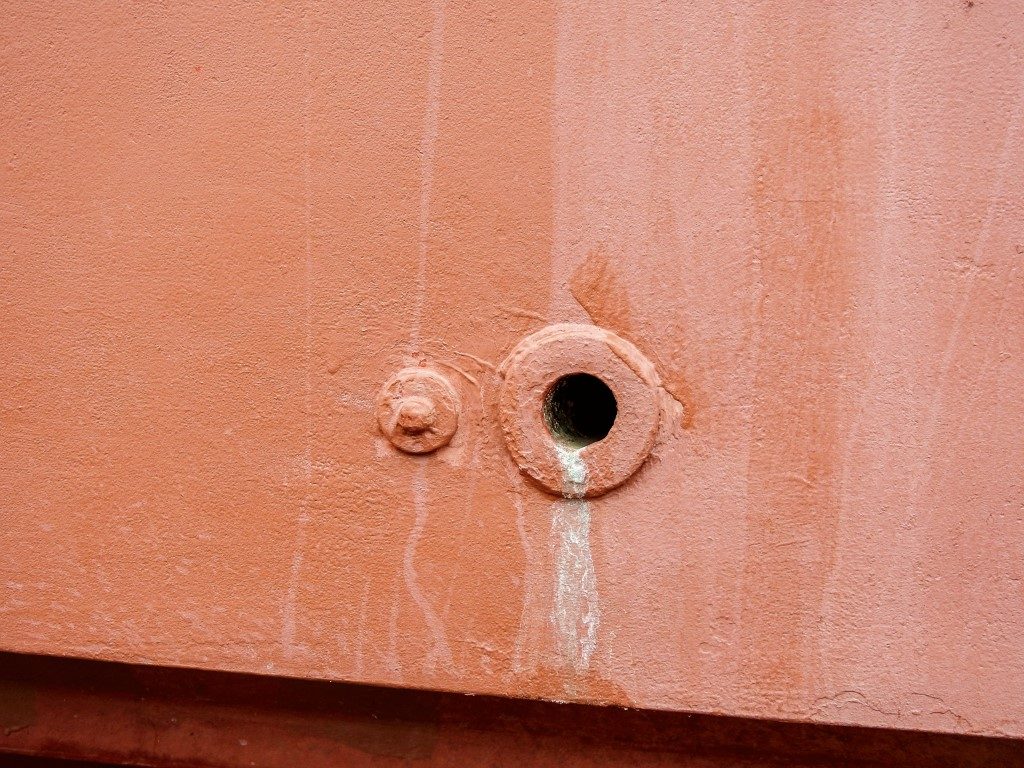
CORROSION
Historically, boats were equipped with bronze fitting (brass and stainless steel fittings are also common), whereas modern designs are plastic. Metals are always eventually a problem due to that old nemesis – corrosion. Specifically, galvanic corrosion.
This is particularly frustrating if you have a steel or aluminium hull, but even wooden or fibreglass hulls can have an issue with metal fittings. Dissimilar metals, in the presence of an electrolyte (salt water) WILL corrode, despite everything you do to slow the process. The metals only need to be very slightly different – this means fitting made from subtly different alloys of bronze or brass will react with one another.

With a metal skin fitting, the corrosion can be quietly eating away under its flange until the whole thing pulls away from the hull – with catastrophic consequences. Or the mechanism inside a seacock might slowly corrode until it seizes and can be neither opened nor shut.
This may be less catastrophic but will still require hauling the boat from the water to replace it. Sod’s Law says the first time you become aware of the issue is when you urgently need to open or shut the seacock, and it either refuses to budge or comes apart in your hand. Either way, not a good outcome.
Virtually every recreational boat manufactured today is fitted with fibre-reinforced nylon fittings, rather than bronze or stainless steel. This material is incredibly tough, completely UV resistant and corrosion-proof. Despite being ‘plastic’ these are well capable of handling the pressures and temperatures likely to be present in the average cooling or drainage system.
So it’s generally only closed-circuit cooling systems (where very high pressures and temperature occur) that shouldn’t use the nylon option. Similarly, some specialised applications in high-speed vessels (or commercial boats subject to industrial-grade abuse), will probably still have metal fittings installed and will correspondingly have these included in their maintenance schedule.
Hansen is one of New Zealand’s leading manufacturers of fittings and valves and these products are available from most marine chandlers, hardware stores or plumbing suppliers in the country.
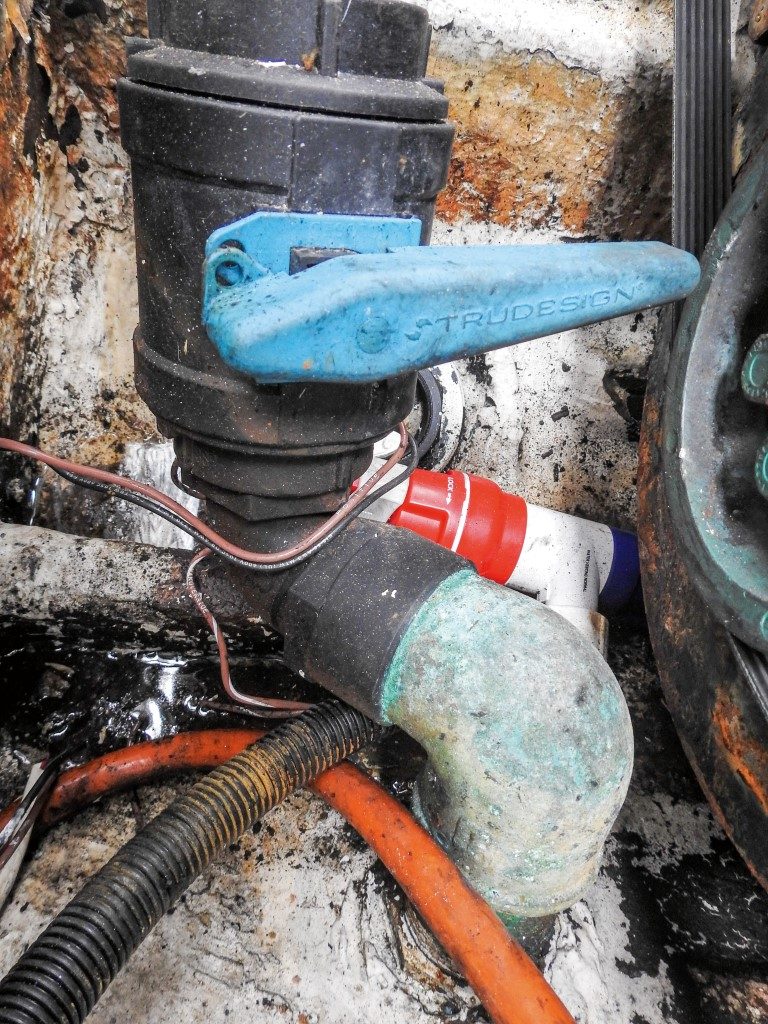
Founded in 1950, Hansen initially manufactured brass foot and check valves, but by the 1970s switched over to plastic manufacture. Although its products are well known in the marine industry, they also dominate the farming, plumbing and industrial market and have an extensive export market to 14 different countries.
Hansen’s skin fittings and ball-valve seacocks are the items best known in the boating world. The ball-valve design is fullflow – which means the valve mechanism has the same internal diameter as the pipe itself. So it doesn’t restrict the flow of water when fully open. The design also resists jamming, even if organisms start growing inside the valve’s movable parts.
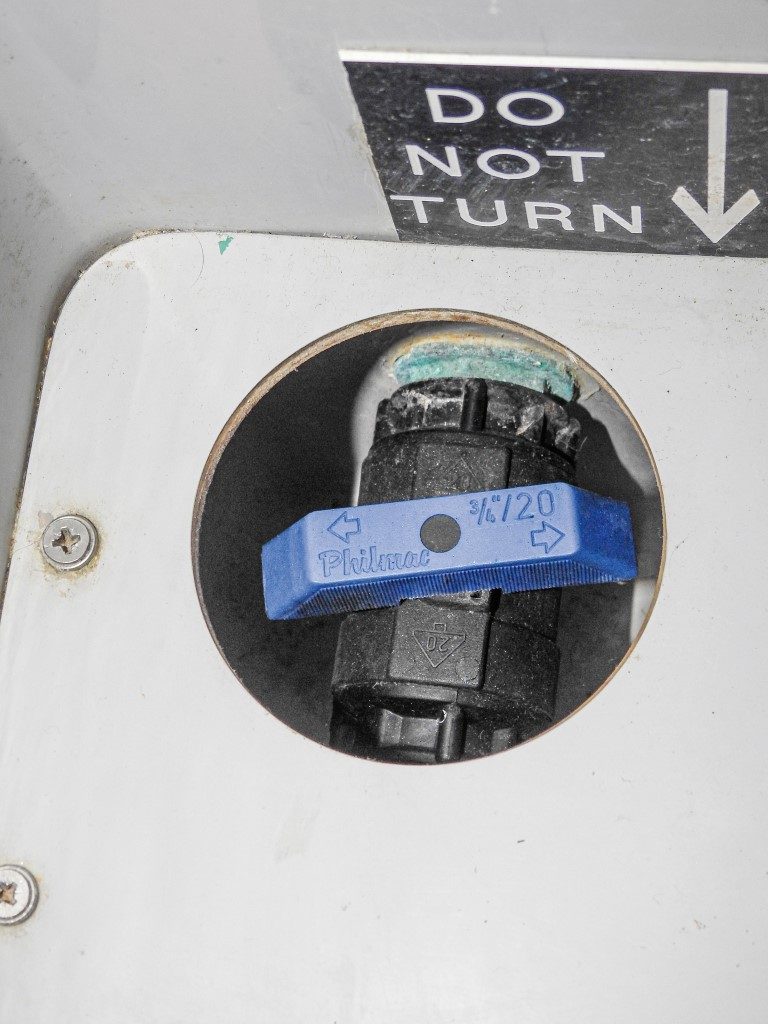
Another important aspect is the valve body’s ‘one piece’ – it can’t come apart when you are trying to undo it. And the activation handle swivels in the centre, creating a compact design that fits into very tight spaces while still being fully operational.
Compared to metal, though, plastic fittings do have one drawback: over-tightening them during installation can be fatal (for the fitting, not the installer!). Fibre-reinforced nylon is strong, but a large steel spanner is always stronger.
The recommended installation method is to go finger-tight plus one or two turns. Do not be tempted to apply one last turn for luck – the ring surrounding the thread can split, possibly creating a hairline crack. This may not be immediately obvious, and it’s only when the fitting is under pressure that water starts to squirt through that crack.
When installing or replacing a skin fitting or ball valve, it is also important to ensure they are not subjected to excessive sideways loads. The hose end of the fitting can be snapped off if too much force is applied, and so the valve or hose should be supported.
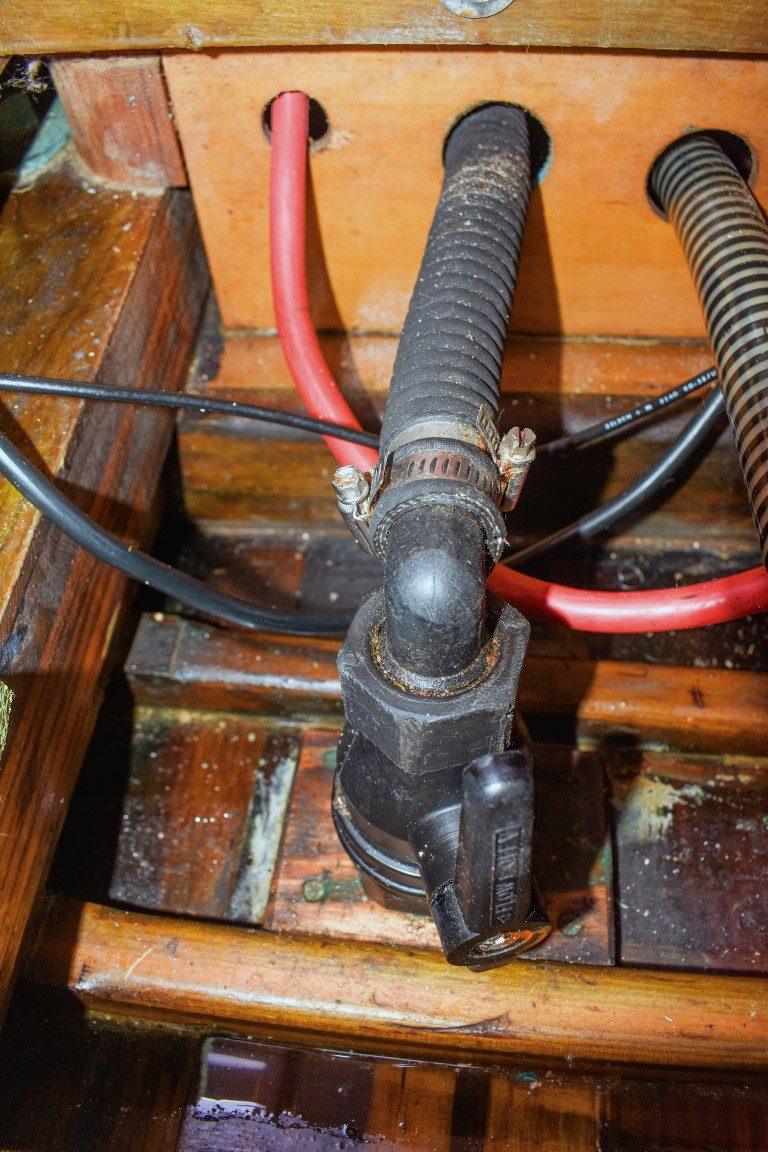
Where this is not possible, you might want to explore another award-winning local manufacturer of marine fittings. TruDesign has developed a load-bearing collar that’s fitted between the skin fitting and valve. This supports over 200kg applied to the tail end of a hose fitting and complies with ABYC H-27 standards.
TruDesign specialises in high-quality composite marine valves and associated fittings. It also carries a range of monitored valves, with an electronic sensor that connects to a panel display to indicate whether the valve is open or shut. It is particularly useful to connect this to an engine interlock, to prevent the motor being started when the cooling intake seacock is shut.
One final consideration for installing nylon fittings: do you use tape or sealant on the threaded joint? Thread tape allows the fitting to be removed when required, but also means it could accidentally be loosened by engine vibration or by over-zealous operation of the valve.
Hansen recommends Loctite 5331 pipe sealant for marine installations, to lock the connection against any vibration-induced loosening. When installing, read the instructions –the sealant takes 12 hours to cure and is rated for a temperature range from -50 to +150° Celsius.
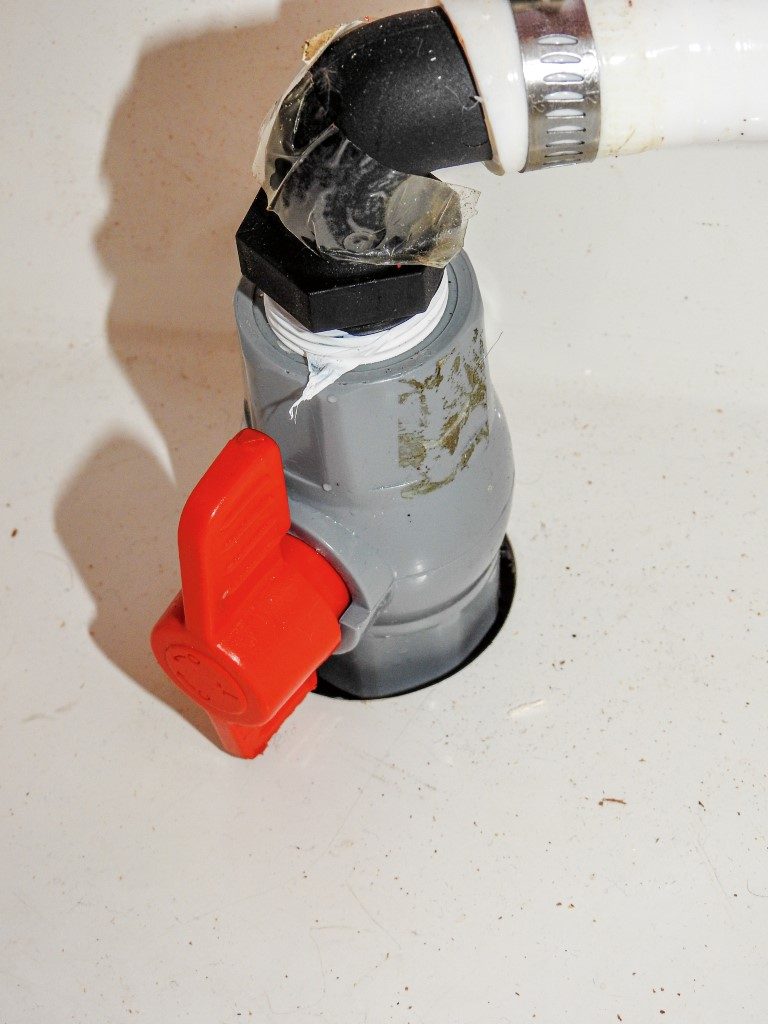
The only maintenance required on plastic stopcocks is simply to operate them from time to time. Close, then re-open (or vice versa) the stopcock as part of a six-monthly or annual check. Unlike with the metal varieties, no lubrication is required, and the units will never require disassembly.
Many yachties close their stopcocks as a matter of course before setting sail, and re-open them once safely at anchor. But launch owners probably don’t do this, and so a jammed valve may not be noticed for a very long time.
With plastic valves, fortunately, jamming is extremely unlikely and the unit will in most cases operate perfectly even after being untouched for several years.


